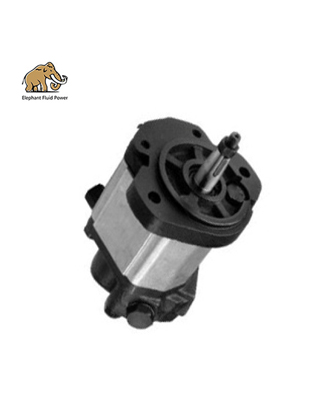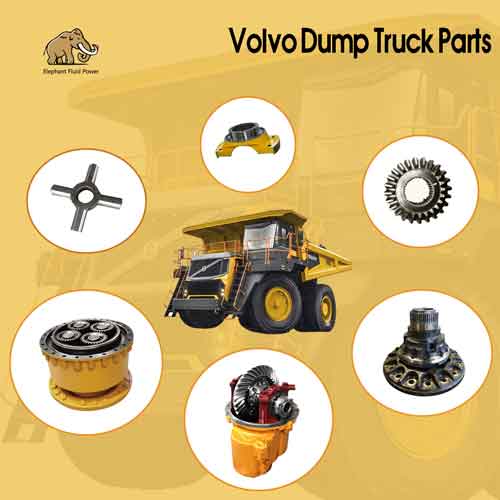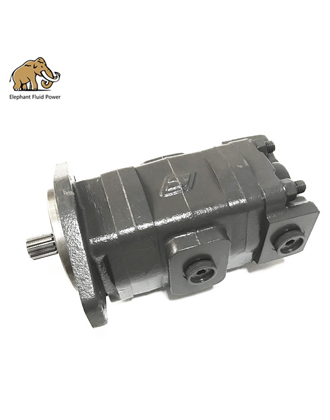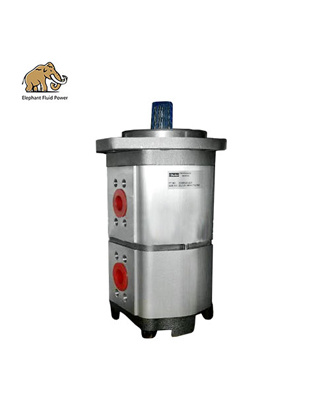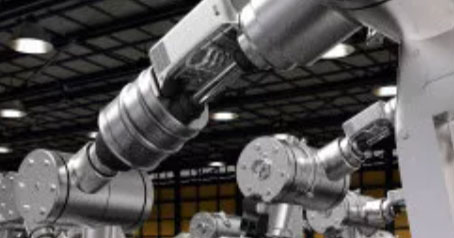As industries continue to evolve and technology advances, so does the field of hydraulic directional valve manufacture. Innovations in materials, design, and manufacturing processes have led to significant improvements in the performance, efficiency, and reliability of these crucial components. In this blog, we will explore some of the recent innovations that have transformed hydraulic directional valve manufacture.
Advanced Materials
Traditionally, hydraulic directional valves were primarily made from materials like cast iron and steel. However, recent innovations have introduced new materials that offer enhanced durability, corrosion resistance, and weight reduction. For instance, composite materials and high-strength alloys are now being integrated into valve designs, allowing for lighter yet equally robust components. These materials contribute to improved fuel efficiency in mobile machinery and prolonged service life in various applications.
Precision Manufacturing Techniques
Modern manufacturing techniques such as computer numerical control (CNC) machining and additive manufacturing have revolutionized the production of hydraulic directional valves. CNC machining ensures unparalleled precision in shaping valve components, resulting in tighter tolerances and smoother surfaces. Additive manufacturing, also known as 3D printing, enables the creation of intricate valve designs that were previously unattainable using traditional methods. These techniques not only expedite production but also allow for the customization of valves to suit specific applications.
Smart and Electro-Hydraulic Integration
The integration of electronics and hydraulics has led to the development of smart hydraulic directional valves. These valves incorporate sensors and electronic controls that monitor and adjust valve operation in real time. By collecting data on pressure, flow rates, and temperature, these smart valves optimize fluid flow for efficiency and performance. This integration is particularly beneficial in applications where precise control and energy conservation are essential.
Digital Twin Technology
Digital twin technology has made its way into the realm of hydraulic directional valve manufacture. A digital twin is a virtual replica of a physical valve, complete with its geometry, behavior, and characteristics. Engineers can simulate the valve's performance under various conditions, allowing for rapid prototyping and testing without the need for physical prototypes. This technology accelerates the design iteration process and contributes to the development of more reliable and optimized valve designs.
Environmentally Friendly Solutions
In response to growing environmental concerns, manufacturers are focusing on developing hydraulic directional valves that are more energy-efficient and environmentally friendly. Valve designs now prioritize reduced fluid leakage, which not only conserves resources but also prevents contamination. Additionally, innovative valve designs that require lower operating pressures contribute to energy savings and a smaller carbon footprint.
The landscape of hydraulic directional valve manufacture is undergoing a remarkable transformation due to continuous innovations. Advanced materials, precision manufacturing techniques, smart integration, digital twin technology, and environmental considerations are all shaping the future of these essential components. As industries strive for greater efficiency, sustainability, and performance, hydraulic directional valves will remain at the forefront of technological advancement, driving progress across various sectors.
 French
French
 Portuguese
Portuguese
 Russian
Russian
 German
German
 Spanish
Spanish
 Japanese
Japanese
 Korean
Korean
 Irish
Irish
 Greek
Greek
 Turkish
Turkish
 Italian
Italian
 Danish
Danish
 Romanian
Romanian
 Indonesian
Indonesian
 Czech
Czech
 Afrikaans
Afrikaans
 Swedish
Swedish
 Polish
Polish
 Basque
Basque
 Catalan
Catalan
 Esperanto
Esperanto
 Hindi
Hindi
 Lao
Lao
 Albanian
Albanian
 Amharic
Amharic
 Armenian
Armenian
 Azerbaijani
Azerbaijani
 Belarusian
Belarusian
 Bengali
Bengali
 Bosnian
Bosnian
 Bulgarian
Bulgarian
 Cebuano
Cebuano
 Chichewa
Chichewa
 Corsican
Corsican
 Croatian
Croatian
 Dutch
Dutch
 Estonian
Estonian
 Filipino
Filipino
 Finnish
Finnish
 Frisian
Frisian
 Galician
Galician
 Georgian
Georgian
 Gujarati
Gujarati
 Haitian
Haitian
 Hausa
Hausa
 Hawaiian
Hawaiian
 Hebrew
Hebrew
 Hmong
Hmong
 Hungarian
Hungarian
 Icelandic
Icelandic
 Igbo
Igbo
 Javanese
Javanese
 Kannada
Kannada
 Kazakh
Kazakh
 Khmer
Khmer
 Kurdish
Kurdish
 Kyrgyz
Kyrgyz
 Latin
Latin
 Latvian
Latvian
 Lithuanian
Lithuanian
 Luxembourg
Luxembourg
 Macedoniar
Macedoniar
 Malagasy
Malagasy
 Malay
Malay
 Malayalam
Malayalam
 Maltese
Maltese
 Maori
Maori
 Marathi
Marathi
 Mongolian
Mongolian
 Burmese
Burmese
 Nepali
Nepali
 Norwegian
Norwegian
 Pashto
Pashto
 Persian
Persian
 Punjabi
Punjabi
 Serbian
Serbian
 Sesotho
Sesotho
 Sinhala
Sinhala
 Slovak
Slovak
 Slovenian
Slovenian
 Somali
Somali
 Samoan
Samoan
 Scots Gaelic
Scots Gaelic
 Shona
Shona
 Sindhi
Sindhi
 Sundanese
Sundanese
 Swahili
Swahili
 Tajik
Tajik
 Tamil
Tamil
 Telugu
Telugu
 Thai
Thai
 Ukrainian
Ukrainian
 Urdu
Urdu
 Uzbek
Uzbek
 Vietnamese
Vietnamese
 Welsh
Welsh
 Xhosa
Xhosa
 Yiddish
Yiddish
 Yoruba
Yoruba
 Zulu
Zulu

